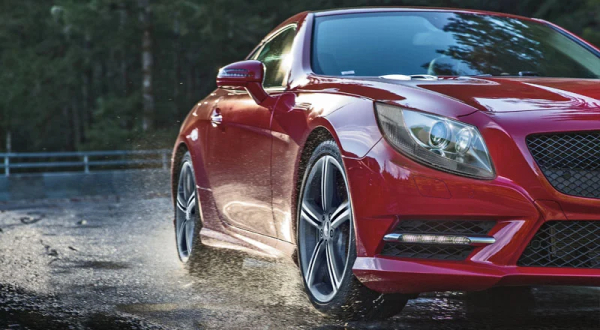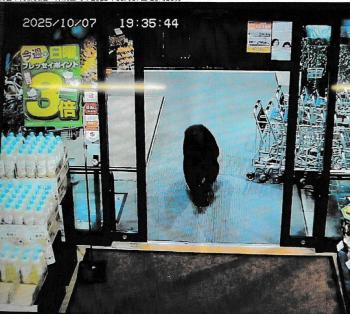Tips for safe driving during rainy season..Make sure to check the tire wear
Jun 22, 2025
|
The water curtain phenomenon is a phenomenon in which the tire surface and the road surface are separated by a moisture layer, which leads to dangerous situations that can lead to accidents, such as increased braking distance and difficult steering due to reduced grip on the road surface. In particular, it is more important to closely check the condition of the tire and replace it if necessary because electric vehicles have a large instantaneous force applied to the tire due to the high load and high torque characteristics caused by the weight of the battery.
■ Tips for preventing water curtain phenomenon
In order to prevent water curtain phenomenon, the tire pressure should be checked regularly first. If the air pressure is excessively low or high, the grip of the tire decreases and can lead to loss of control on wet surfaces. It is basic to check the air pressure at least once a month and adjust it appropriately based on the manufacturer's recommended value.
Attention should be paid not only to tire inspection but also to safe driving when driving in the rain. When driving in the rain, the visibility is reduced and the braking distance is increased, so just lowering the speed according to the road surface condition can greatly reduce the risk. In addition, turning off the cruise control function and driving under manual control can react more sensitively to road conditions.
■ Why it's important to choose the right tire for the season
The most important thing is to use tires that are right for the season. Experts recommend the use of seasonal tires because the mix of raw materials, or compounds, that make up the tires according to the seasonal temperature, is designed differently during the tire development stage.
The summer tires are designed to provide excellent grip and drainage performance even in the heat of 40°C. Due to the nature of the tread pattern design, rainwater is drained smoothly, and the compound is hard and viscous, providing optimal performance at temperatures above 7°C.
On the other hand, winter tires are designed with flexible materials so that they do not stiffen even at low temperatures, and they are designed to have more grooves and deeper treads to increase grip on icy roads. Because of these characteristics, it is not recommended to use winter tires in the summer because they wear faster and are difficult to perform properly.
All-season tires are developed to be suitable for relatively mild areas with year-round temperatures between -10°C and 30°C. Since it has more tread grooves than summer tires, it can drive stably in the snow and can withstand relatively high-temperature environments, making it a practical option that can be easily used without seasonal replacement.
A Michelin Korea official said "The higher the wear and tear of the tire, the lower the drainage performance, so it is essential to inspect the tire in advance even in the rainy summer."In the case of Michelin's summer tires, it is characterized by a groove structure that expands drainage space as the tires wear off, providing stable driving performance until the end."
This article was translated by Naver AI translator.














